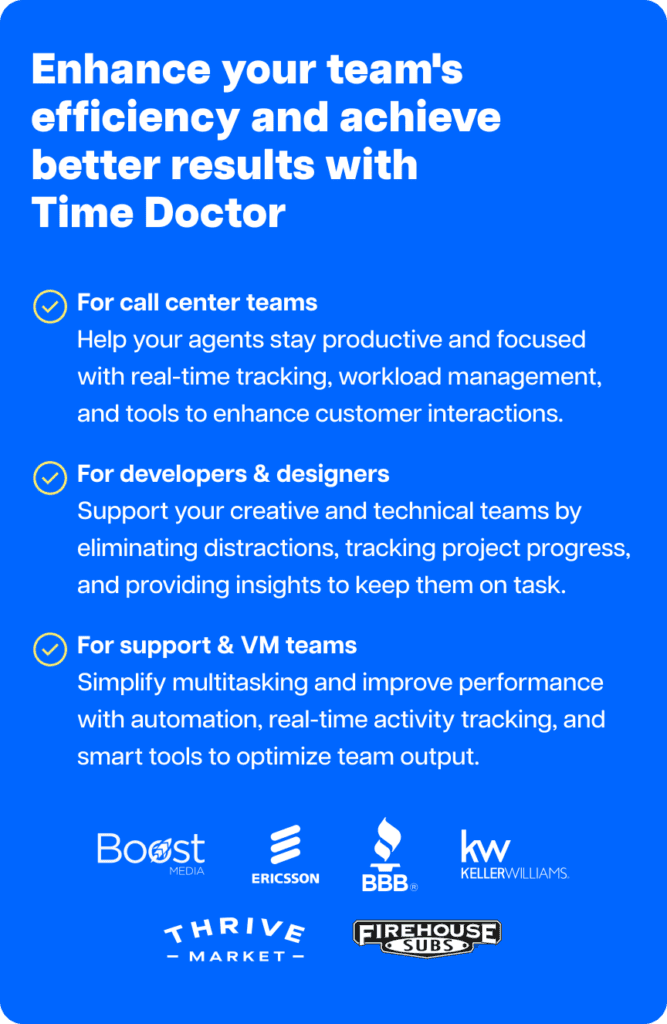Research that was conducted not too long ago by Springboard for Business found that 70% of business executives feel that their organizations are experiencing difficulties with employee skill gaps being an obstacle to company performance. This research, which is titled “State of the Workforce Skills Gap,” sheds light on an important problem that is hurting sectors all over the world.
The current state of things
The skills that are necessary for success in the job are always changing as a result of the fast expansion of both sectors and technologies. However, a significant number of workers are not meeting expectations, which is resulting in a decline in the performance of the company and a delay in its expansion.
Observations from the Leaders: In the course of the research, leaders from a wide range of industries were polled, and the vast majority of them expressed their worries over the competency gap that exists among their workforce. This deficiency of vital abilities is seen as a serious obstacle to the accomplishment of the objectives of the company.
The statistics on striking numbers have been revealed
Springboard for Business is a workforce transformation company that helps businesses grow by empowering their teams with skills that are crucial for the future of work. Recently, the company released its first State of the Workforce Skills Gap Report to assist corporate leaders in their strategic planning for 2024. To conduct the survey, Springboard for Business reached out to more than 1,000 corporate professionals from enterprise companies having at least 5,000 employees.
Among the numbers that are mentioned in the study that are eye-opening are:
- Approximately 70% of CEOs identified inadequate personnel capabilities as a primary problem that hinders the operation of the organization.
- The results of the poll revealed that a disturbing 56% of CEOs said that their organizations have suffered financial losses as a result of skills shortages among their staff.
- There was a clear correlation between insufficient personnel capabilities and a decline in production, as indicated by 68% of their firms.

The underlying causes
The modern corporate landscape is defined by rapid technical breakthroughs, dynamic market trends, and developing customer tastes. Other characteristics of this landscape include the changing terrain. As a consequence of this, the abilities that are required of workers are going through a period of continuous change.
Shortfalls in Training: Despite the fact that many businesses acknowledge the need to enhance the skills of their personnel, they struggle to provide sufficient chances for training. Another factor that contributes to the skills gap that exists inside firms is the absence of learning and development activities.
The way forward
Continual Learning: Embracing continual Learning In order to flourish in the competitive world of today, organizations need to establish a culture of continual learning and growth. When employees are encouraged to gain new skills and information, it gives them the ability to efficiently adjust to various needs that are always changing.
Putting Money Into Education: Investing in training programs that are specifically designed to solve specific skill shortages within an organization’s workforce should be a top priority for organizations. In order to bridge the competency gap, extensive training programs are required. These initiatives should include a wide range of abilities, from technical expertise to soft skills such as leadership and communication.
Conclusion
The conclusions of the research titled “State of the Workforce Skills Gap” should act as a wake-up call for people working in organizations all around the world. Addressing the skills gap that exists within the labor force is not only a question of improving operational efficiency; rather, it is an essential component of maintaining competitiveness and encouraging innovation.
Organizations may position themselves for long-term success in a market that is always changing if they acknowledge the significance of enhancing the skills of their workers and investing in their professional development.
It is not just a strategic need but also a moral duty to bridge the gap between the abilities that are currently available and those that will be necessary for future success. This will have the effect of empowering individuals and driving collective progress.


